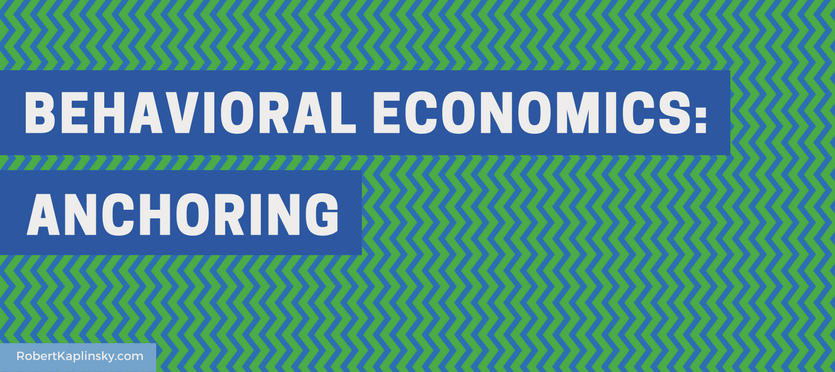NOTE: This is one of a series of ten blog posts on cognitive biases that have applications in education.
People rely too heavily on the first piece of information they receive when making a decision. For example, donors are likely to donate more money if their choices are $100, $500, $1000, and $2000 than if the choices are $25, 50, $100, and $200. What is important to realize is that the donor always retained the power to choose exactly how much he or she would like to donate, but the suggestion of larger donation amounts anchors the donor’s decision to a higher amount.
This may also play a role when trying to reach collective decisions with your colleagues. When asking your fellow teachers to commit to something such as a measure of growth, anchoring may be useful in getting teachers to commit to a level that is closer to what you are looking for. For example, if you want teachers to include at least ten higher order thinking questions per unit, consider the difference between these two statements:
- “We were thinking that each unit would have about ten higher order thinking questions per unit. How many higher order thinking questions do you think we should do per unit?”
- “How many higher order thinking questions do you think we should do per unit?”
If the first question is asked, teachers begin with a baseline amount anchored to their minds and may be more likely to state a number closer to 10. With the second question, any answer is acceptable. Teachers may respond with lower numbers than you had hoped, which makes it harder to increase that amount later.
- “I am hoping that you will study for 30 minutes each night for the exam on Friday. How many minutes do you think you should study each night for the exam on Friday?”
- “How many minutes do you think you should study each night for the exam on Friday?”
Again, the first question establishes a baseline that will influence the student’s response. If they choose to study, that number will be in their mind and may affect the overall amount of time he or she spends.
Where else does anchoring occur? How do you suggest preparing for it or using it to make progress?

